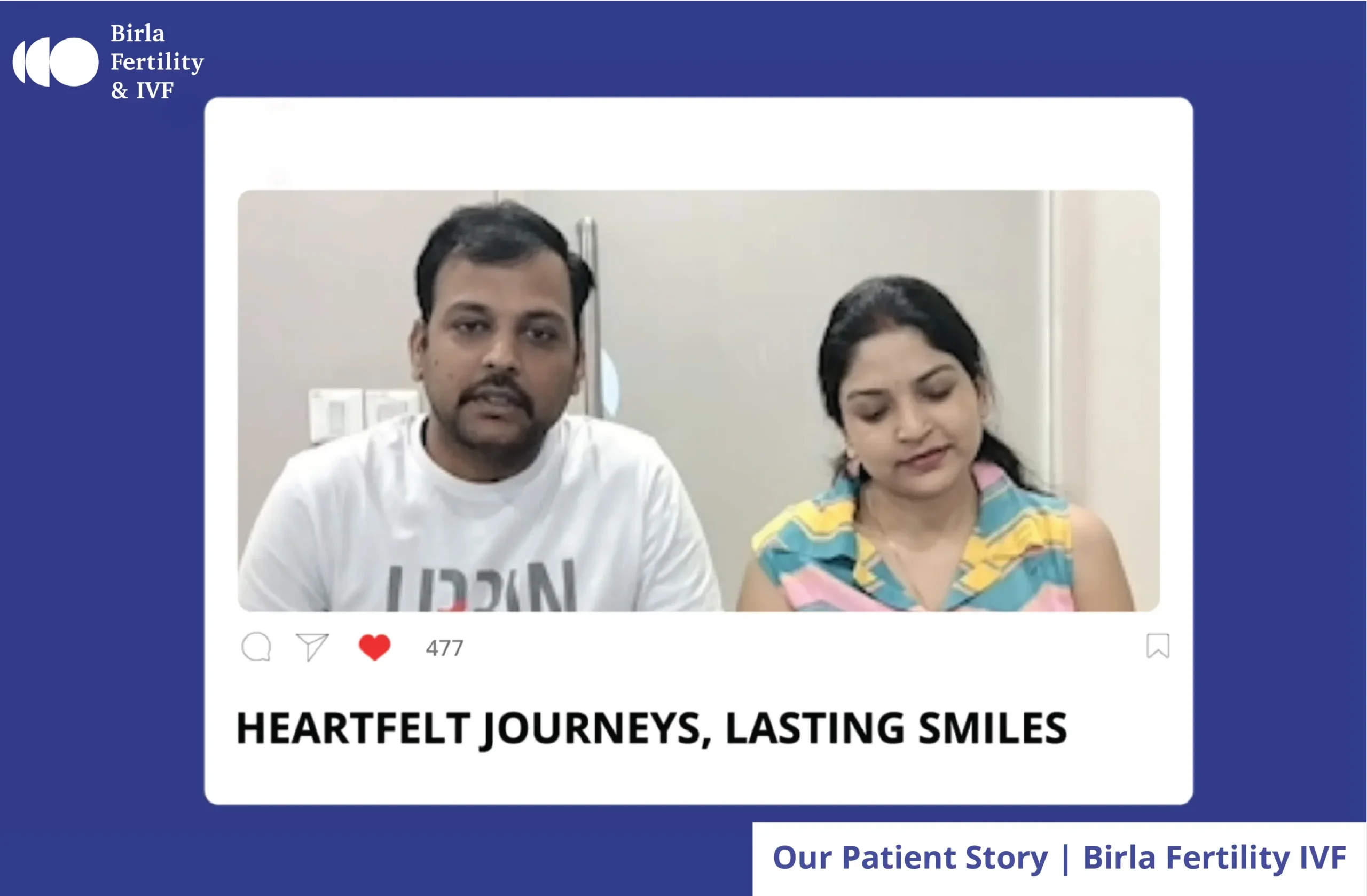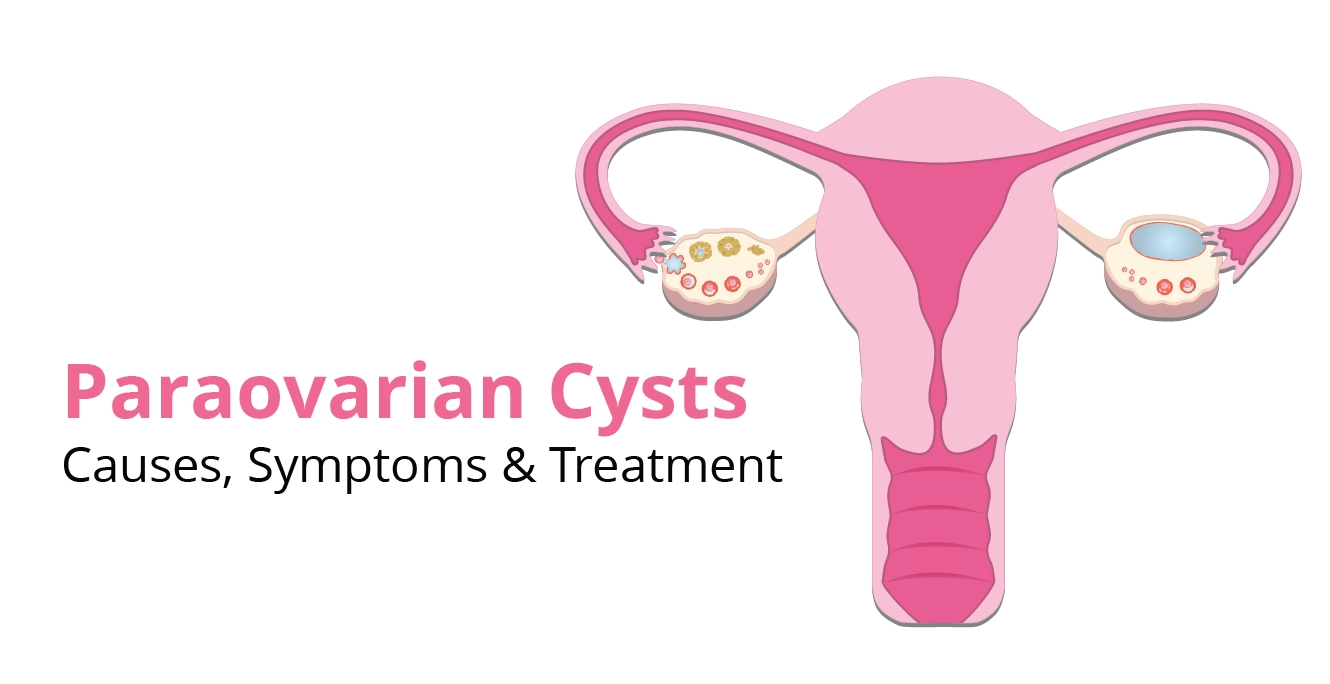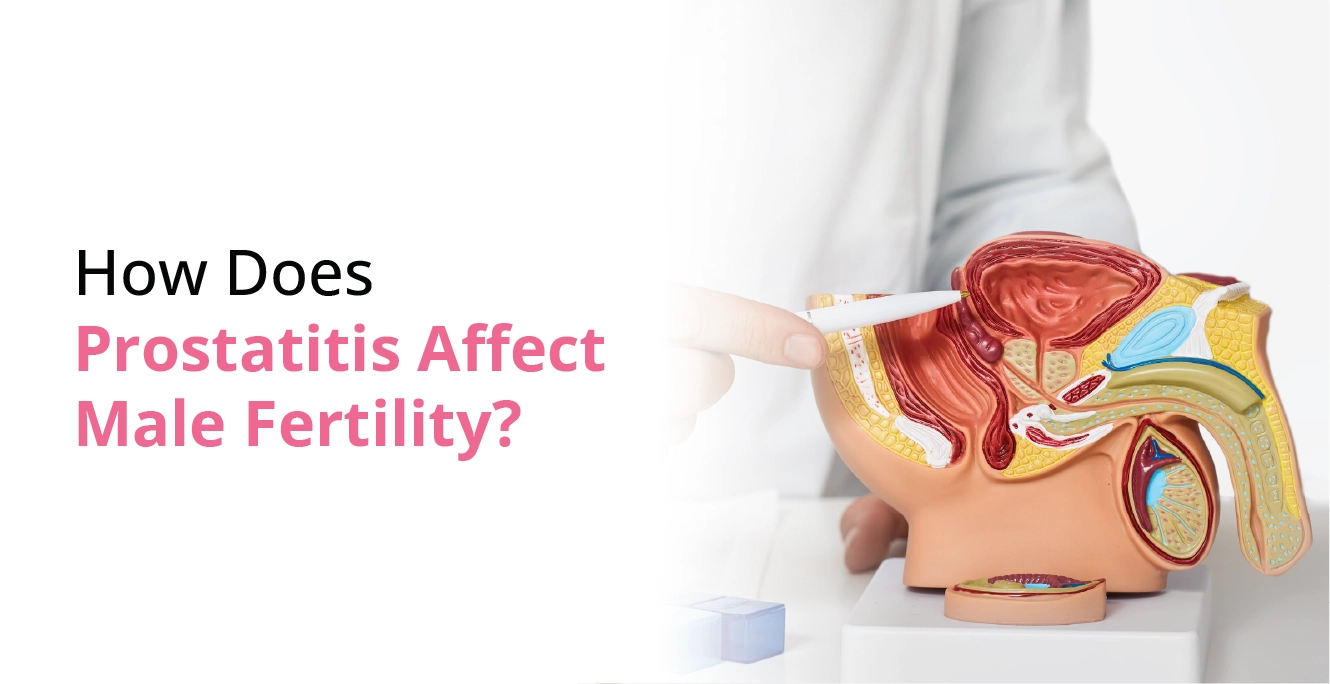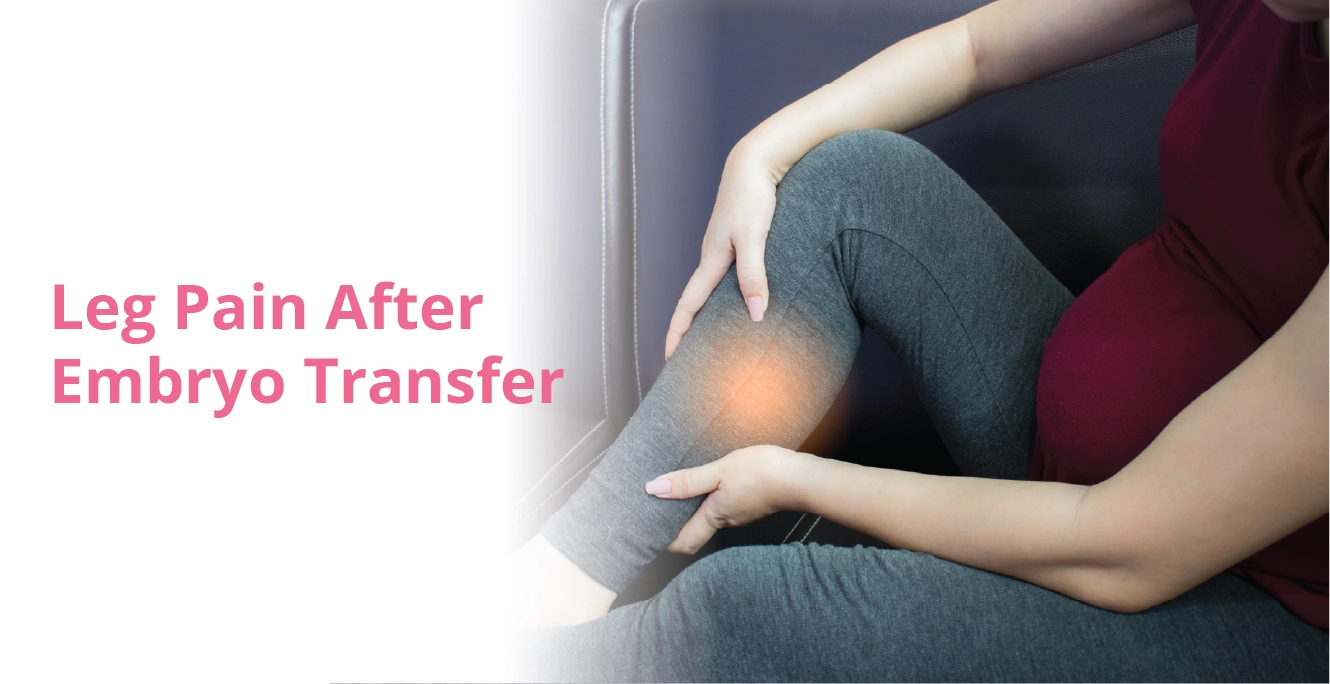3D Ultrasound
In recent years, 3D ultrasound has transformed foetal imaging, providing detailed views of the womb for expectant parents and medical experts. It boasts an 88-100% accuracy in diagnosing foetal abnormalities, marking it as a pivotal tool in OB-GYN (obstetrics and gynaecology) practices. This guide delves into the procedures, benefits, and results of 3D ultrasound.

What is 3D Ultrasound?

During 3D ultrasound, high-frequency sound waves are utilised to create detailed, three-dimensional images of the fetus and internal structures. It offers accurate and more life-like visuals compared to traditional 2D ultrasound.
Why is it Done?
- To confirm pregnancy and rule out ectopic pregnancy
- To look for multiple babies (twins, triplets or more)
- To detect fetal anomalies and abnormalities
- To monitor fetal movements, heart rate, and breathing patterns
- To estimate fetal weight and determine optimal delivery planning
- To assess the baby’s position in late pregnancy
- To check amniotic fluid levels to guide optimal delivery options

Ultrasound Investigation Services

At Birla Fertility & IVF Centre, we offer comprehensive prenatal diagnostic and screening programs that include advanced 3D ultrasound services. Our skilled sonographers, supervised by experienced radiologists, ensure reliable and precise results.
Types of 3D Ultrasound Investigations
- Transvaginal and Transabdominal Ultrasound
- Transvaginal Ultrasound: It provides detailed images of the uterus, ovaries, and pelvic structures while using a probe to access through the vaginal cavity.
- Transabdominal Ultrasound: It offers a broader view of abdominal and pelvic organs with a transducer placed on the abdomen. Both are safe during pregnancy as they do not involve radiation exposure.
- Pelvic Ultrasound Scan with 3D
This scan offers a comprehensive view of the uterus, ovaries, and pelvic structures, aiding in diagnosing conditions like ovarian cysts and uterine fibroids. Doppler studies assess blood flow, identifying potential obstructions affecting fertility. - Hydrosonogram
Also known as saline infusion sonography, this procedure enhances the visibility of the uterine cavity with saline injection. It helps detect abnormalities such as endometrial polyps or scar tissue. - HyCoSy (Hysterosalpingo-Contrast Sonography)
HyCoSy evaluates fallopian tubes using a contrast agent and 3D ultrasound to detect the flow and identify blockages that can impact fertility and chances of pregnancy.
Why Choose Us
Choosing the right fertility clinic is crucial for starting your family. At Birla Fertility & IVF, we offer personalised care with expert specialists guiding you every step of the way. Our advanced labs and outstanding success rates have helped over 2,30,000 patients achieve their dream of parenthood.
Frequently Asked Questions
Recent Blogs
Book an appointment
Hassle-Free Appointment Booking

 Our Centers
Our Centers






























